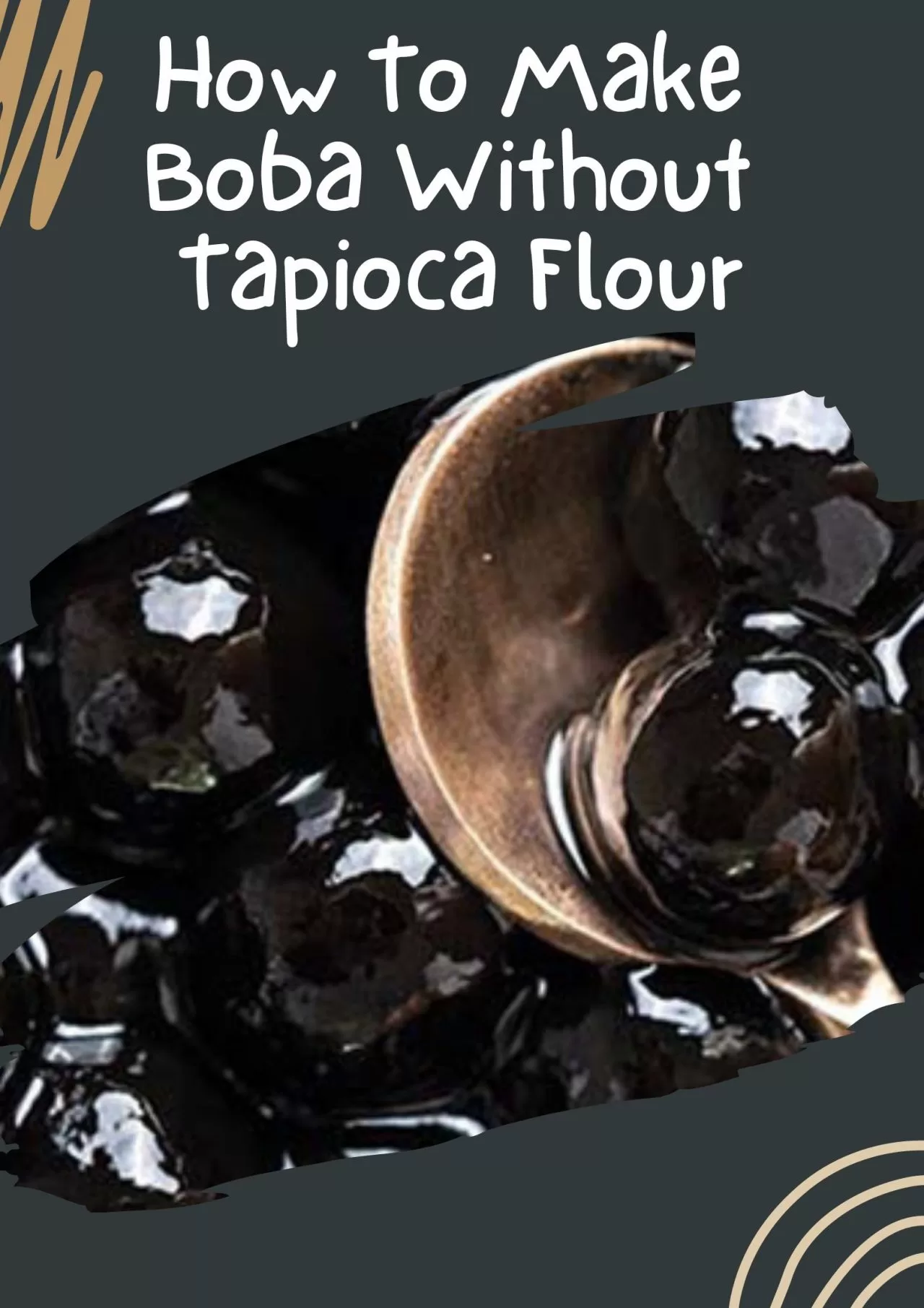Everyone loves Bubble Tea. But did you know that Tapioca pearl is an ingredient to make a deliciously sweet and cream bubble tea. While Tapioca pearls are easily accessible and available, you can also make Boba at the comfort of home using the ingredients that mostly found in your kitchen. Homemade Tapioca pearls save you money. Making Tapioca pearls is easy and simple. Since Tapioca flour is an ingredient to making Boba, it is possible to make Bob without Tapioca Flour. In today’s post, let us talk about how to make Boba without tapioca flour as well as few details about Boba and how to store the Boba.
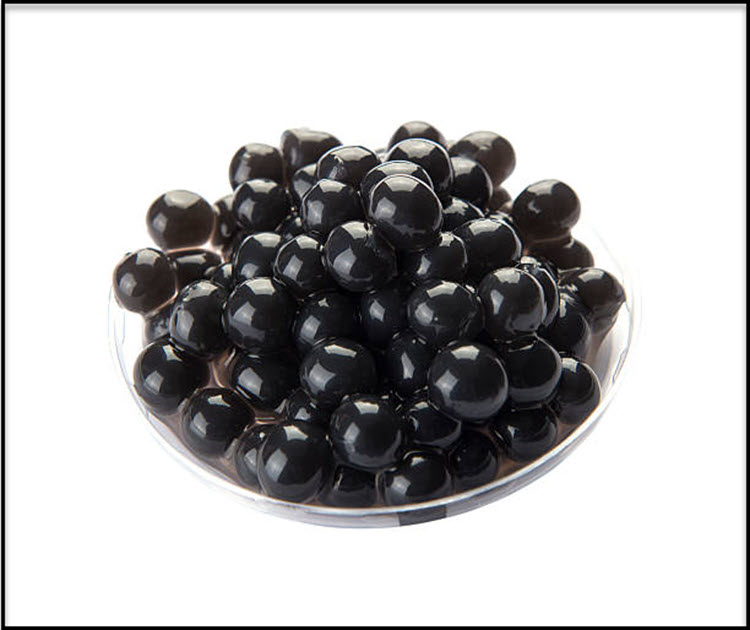
How To Make Boba Without Tapioca Flour
Boba Pearls are tiny pearl-sized dessert topping that is usually made of tapioca starch. Most of the time, Boba has no flavor but you can add syrup or brown sugar syrup to make it sweet.
There are two types of Boba: Popping Boba and Chewy Boba. Popping Boba is also known as bursting Boba. These are fun kind of Boba that kids will surely love. It is a little bit smaller than the regular Boba sized but is filled with fruit juice. When you bite it, it will burst in the mouth. Popping Boba is made of seaweed extract. There are different flavors with Popping Boba such as strawberry, peach, mango and cantaloupe.
Chew Boba is known as Tapioca Pearls or Tapioca Boba. As the name suggests, it is chewy and unlike Popping Boba it does not burst in the mouth when you bite it. It is made with Tapioca starch, and since it does not have any flavor a sweetener may be added. Black is the most common color of Tapioca Balls but there are flavored ones that comes in different varieties of colors.
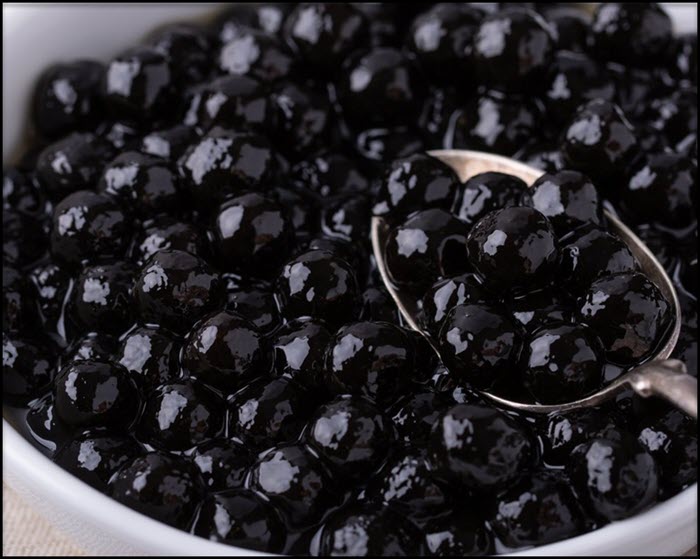
What is Tapioca Boba
Tapioca Pearls or Tapioca Boba is made with only two ingredients such as Water and Tapioca starch. And since Tapioca starch is used, Boba does not have any flavor. You can add some sweetener to the Boba to make it sweet.
If you do not have Tapioca starch and wants to make Tapioca Boba, there are a few alternatives that you might want to consider as a substitute to Tapioca Starch especially when it is heated.
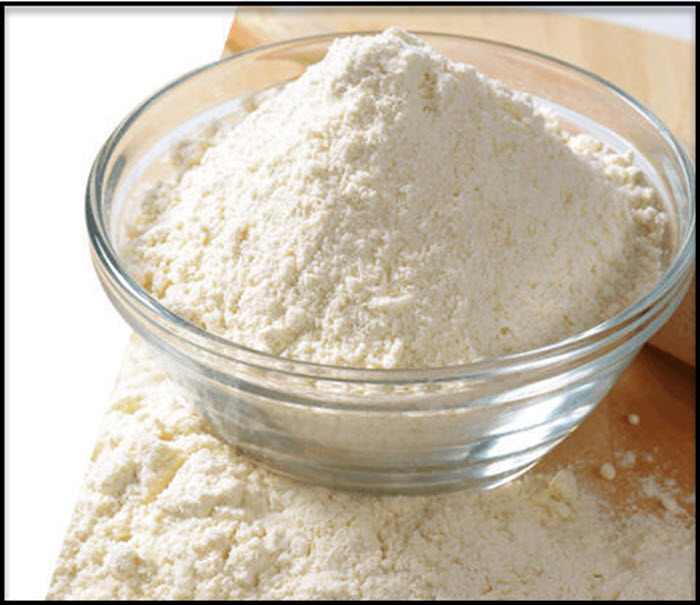
What is Tapioca Starch
Tapioca starch is an ingredient in making Tapioca pearls. These are made by crushing the pulp of the cassava plant. The difference between Cassava flour and Tapioca Flour is that with Tapioc, pulp is used while with Cassava flor the whole root of the cassava plant is used.
Tapioca starch are white powder that when added to dessert it will have a smooth and chewy texture. Most of the time, Tapioca starch are gluten free flour and often vegan.
Tapioca Starch is not just use for making Boba, there are other uses of Tapioca starch and that includes sauce, gravies, puddings, pies and so much more.
How to Make Tapioca pearls
To better understand more about Tapioca pearls, let us look into how to make Tapioca Pearls.
Making Tapioca pearls is relatively easy, all you need to do is just mix the water (boiling water) with Tapioca starch and allow to sit. Then roll the dough into small sized balls or you can roll and sliced into small sized balls. Then the balls are then boiled again in boiling water to cook it completely.
Uses of Boba
Tapioca Pearls are used in different savory dishes but the most popular way to use Boba Pearls is adding it to milk tea such as adding Boba Pearls to taro milk tea, Thai Tea, hot almond milk tea or Homemade Bubble Tea.
Tapioca Starch Substitute
If you do not have Tapioca Starch for making homemade Boba for your homemade Bubble tea, not to worry listed below are some of the most common alternatives for Tapioca starch.
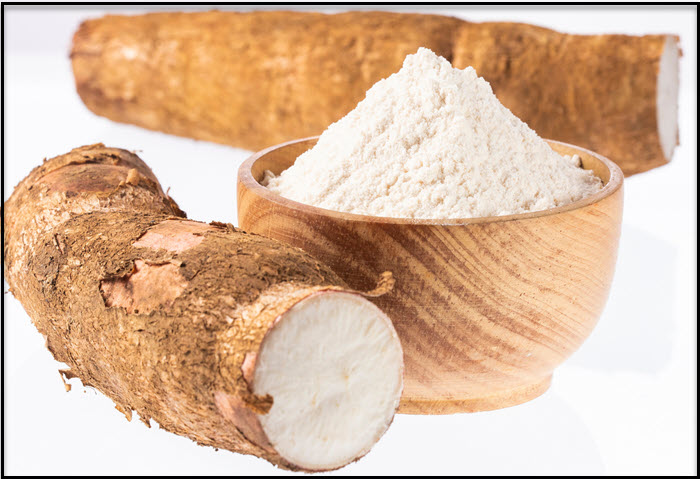
Arrow root
Arrowroot powder is perhaps the best substitute for Tapioca starch as it comes from the same root plant as that of Tapioca starch. Make sure not to use too much arrowroot powder since it becomes slimy especially when it is mixed with dairy products. A 1:1 ratio is recommended.
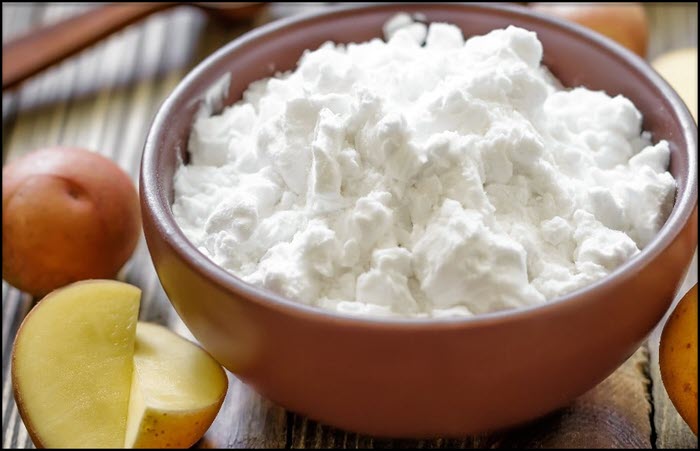
Potato starch
Potato starch is also made from the root of a plant. Similar to Tapioca starch, it also do not have a flavor. When using Potato starch in making Boba, you can use half of it. For example, if your Tapioca starch recipes uses 2 tablespoons of Tapioca starch, just use 1 tbsp. of Potato Starch.
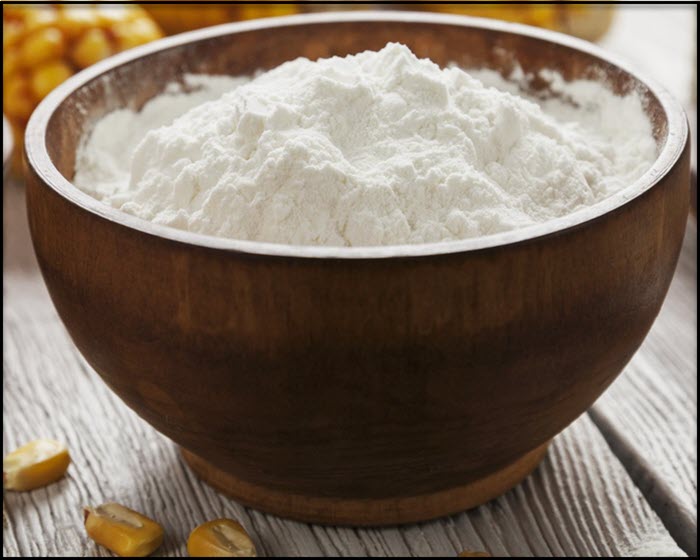
Corn starch
If Arrow root powder or Potato starch is not available, you can use corn starch instead. Although corn starch is not made from the root of the plant but rather from a kernel of corn it can still be a great alternative to Tapioca starch.
Cornstarch is known in most recipes and is usually used for dishes that usually has a longer cooking time. But when used in recipes that is highly acidic or lot of sugar, the thickening ability of Corn starch losses.
The Cornstarch Boba is one of the closest version of the homemade Original Boba pearls, follow the steps below to use Cornstarch and white sugar in making Boba.
- In a sauce pan, mix water and sugar
- Add cornstarch and stir
- Heat over low flame and continue stirring to mix it well until a dough is formed.
- Remove from heat and roll flat.
- Cut into small pieces and roll to make small balls.
- Roll the balls on the cornstarch to cover it.
- In another pot, boil water. Add Cornstarch Boba once boiled to cook the Boba
- Transfer the Boba to a bowl with cold water and allow to sit for a few minutes.
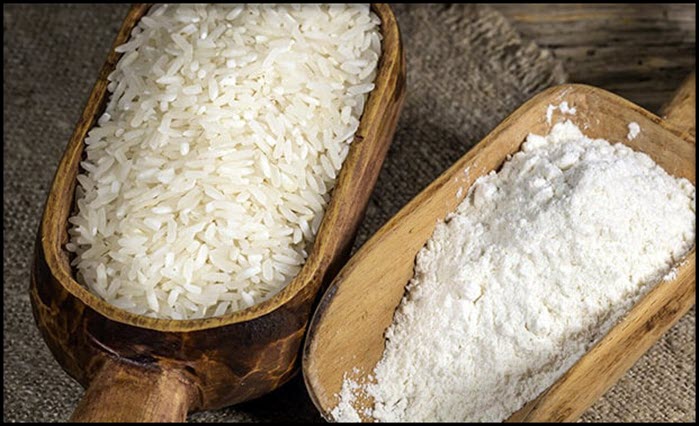
Rice flour
Rice Flour is another Tapioca starch alternative. It is perhaps the closes version of Tapioca Flour. When using Rice Flour as a substitute, you can use the 1:1 ratio. Rice Flour is considered to be an affordable and an easy to find alternative.
Since Rice flour is also tasteless similar to Tapioca starch, it is recommended to add brown sugar or honey syrup to sweeten Boba pearls.
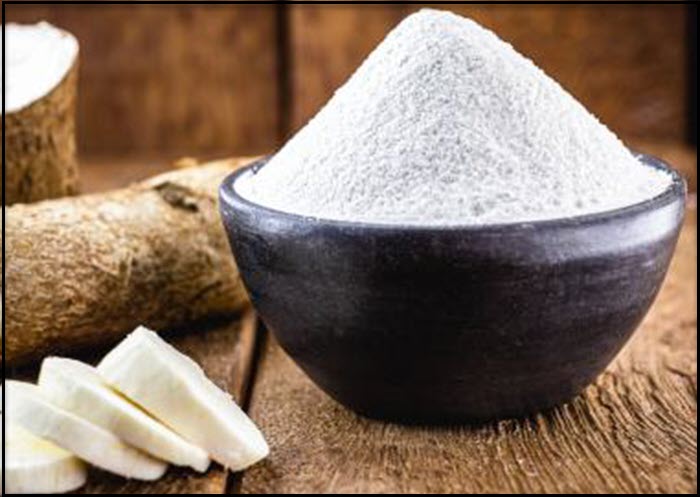
Cassava Flour
The perfect recipe Gluten free flour to use as an alternative to Tapioca starch is Cassava Flour. Although both comes from the same root plant, Cassava flour tends to have a nutty flavor as compared to Tapioca starch that is usually tasteless.
When using Cassava Flour as a substitute, you may follow the 1:1 ratio.

All purpose Flour
All Purpose Flour is the most popular ingredient that is used in Baking. Although not a gluten free flour. When using All purpose flour as an alternative to Tapioca starch, you may use the 1:1 ratio.
To make Tapioca Pearls using All-purpose flour, follow the steps below:
- In a saucepan over low heat, mix water and brown sugar.
- Once sugar completely dissolves, add All purpose flour and mix
- Continue mixing until a dough is formed.
- Removed from heat and allow to sit.
- Roll dough into small pieces.
- Roll small pieces into small balls.
- Boil the balls again in Boiling water until it is completely cooked
- Transfer to cold water, this will stop the process of cooking Boba.
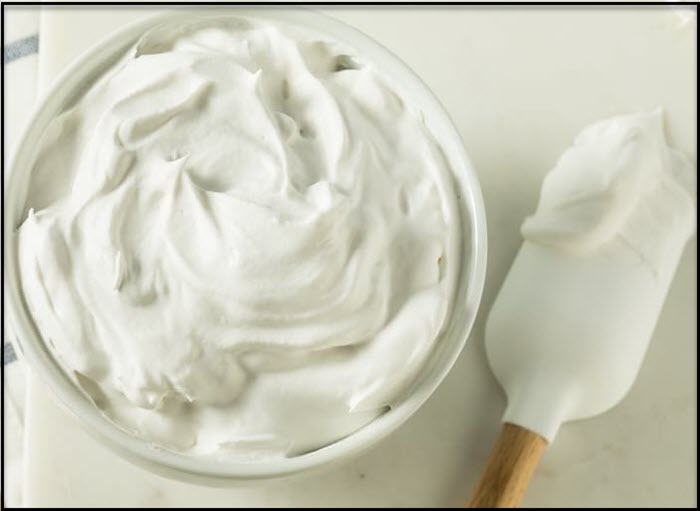
Heavy cream
If you are looking for a thickening agent as a substitute to Tapioca starch, Heavy cream is the answer. It has high fat content that could highly add richness to your Homemade Boba.
If you will be heavy cream as a substitute especially when making creamy soup and sauces, you do not need to used another thickening agent.
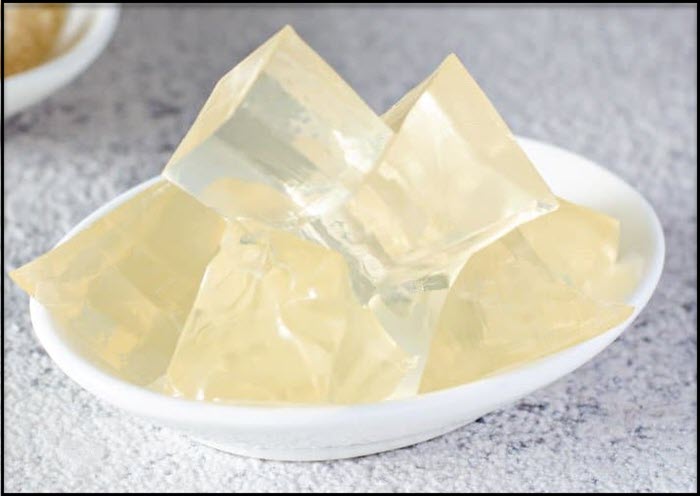
Pectin and Gelatin
These are used in jams and jellies too that is why this is also a good alternative to Tapioca starch for making Boba but keep in mind not to use in savory dishes like stews and soups.
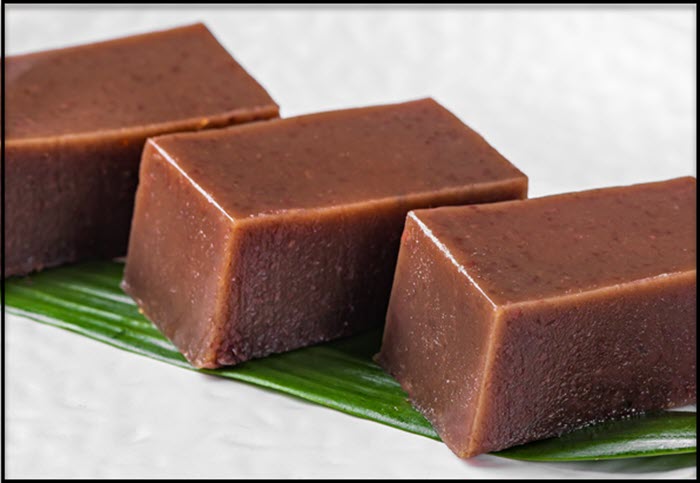
Agar Agar
Agar Agar is made from Red Algae. It is a vegan version of gelatin that is best used for in Cheese recipes. Although using agar agar depends on the recipe you will be using it with, but when using it as Tapioca starch alternative there is not actually a substitution ratio.
Make Mango Boba with Cornstarch
Mango Boba is another type of Boba Pearls that is made of mango, cornstarch, water and sugar (powdered). When making this recipe, you may use the cornstarch as an alternative to Tapioca starch and use the substitution ratio of 1:1.
- Puree mango with cornstarch and powdered sugar.
- In a sauce pan over low heat, add puree. Constantly stir until a dough is formed.
- Continue stirring constantly and adding more cornstarch at the same time. Continue doing that until dough thickens.
- Remove the dough and allow to sit.
- Roll the dough into a long snake, then cut it into small pieces then roll the small pieces to make small-sized balls.
- In a boiling water, add the balls to cook it again.
- Transfer in boil with cold water.
Tools need to make Homemade Boba pearls
When planning to make Boba pearls at home, you will be needing a few kitchen tools. These are essential tools that are commonly used when making Boba at home.
- Sauce pan: used to heat and mix the ingredients until it forms a dough.
- Spatula (wooden spoon) : used to stir the ingredients to completely mix it.
- Cutting Board: used when rolling out Boba dough, a flat surface is needed to do that therefore a cutting board is usually used.
- Plastic Wrap: When cutting and rolling the Boba into individual pieces, plastic wrap is used to keep dough from drying out.
- Knife: used to cut rolled dough into small sized pieces before rolling into balls
- Container (Airtight container) : used to store cooked Boba pearls.
Storing Boba Pearls
When storing Boba Pearls, it should be put in a container and should be placed in room temperature. The cooked Boba pearls should only lasts for a day, that is why it is recommended to consume it as soon as it is made or if not it can lasts up to 12 hours.
FAQs
Since Boba Pearls are made from sugar, starch and water there is no known health benefits to it but they sure are deliciously chewy pearls for your bubble teas
For first time Bubble tea drinkers, many are curious as to whether or not Boba pearls should be chewed or not. Although these pearls are chewy, it would actually takes some time for these balls to dissolve inside the mouth. And yes, Boba pearls should be chewed since you cannot easily swallow the entire ball.
Boba Peals should not be frozen or even kept inside the refrigerator as the texture will change and it will no longer be chewy but rather it becomes soft. It is because the moisture is drawn from the cold air inside the refrigerator.
Conclusion
If you do not have Tapioca starch at home when making Tapioca pearls, there are a lot of alternatives to choose from. From the lists mentioned above, the alternative is used but it still goes through the same process of making Boba if when using it with Tapioca Starch. Try to make Boba Pearls at home using the substitute we mentioned in this article and let us know what you think.

